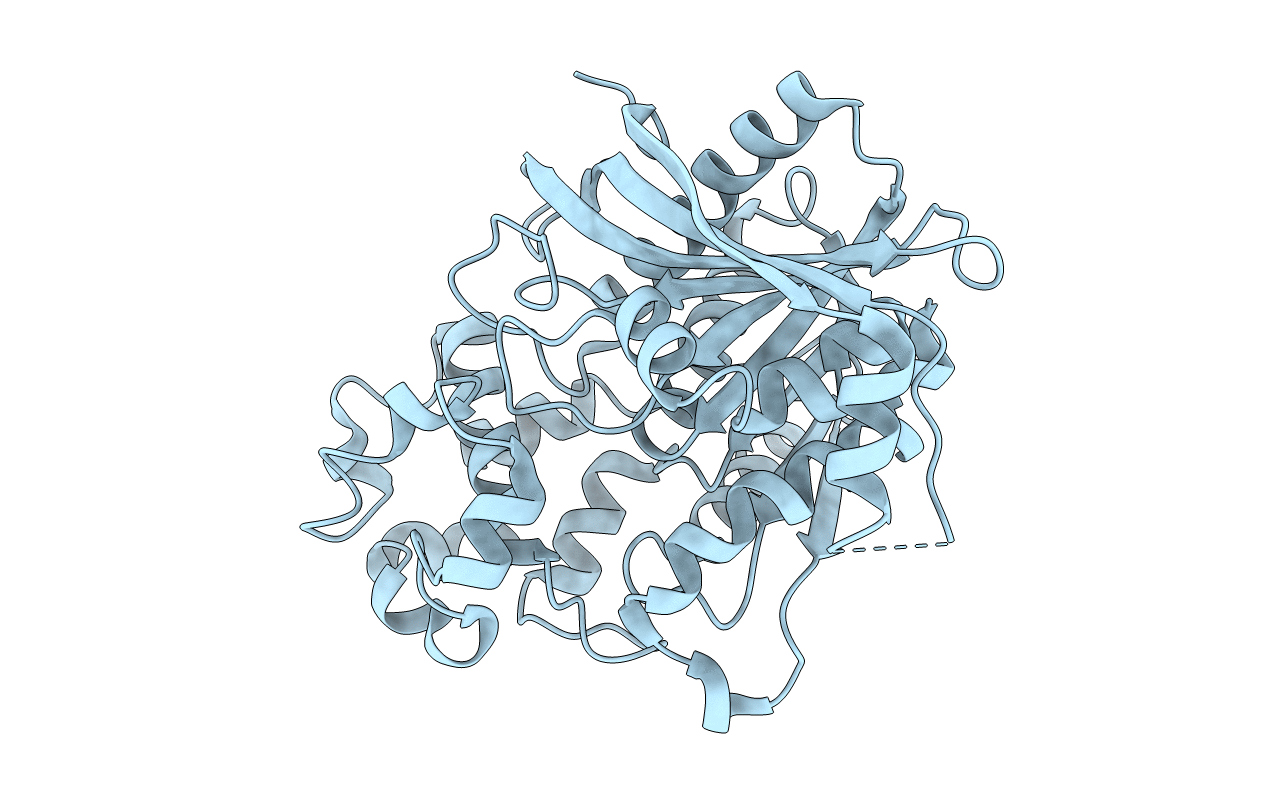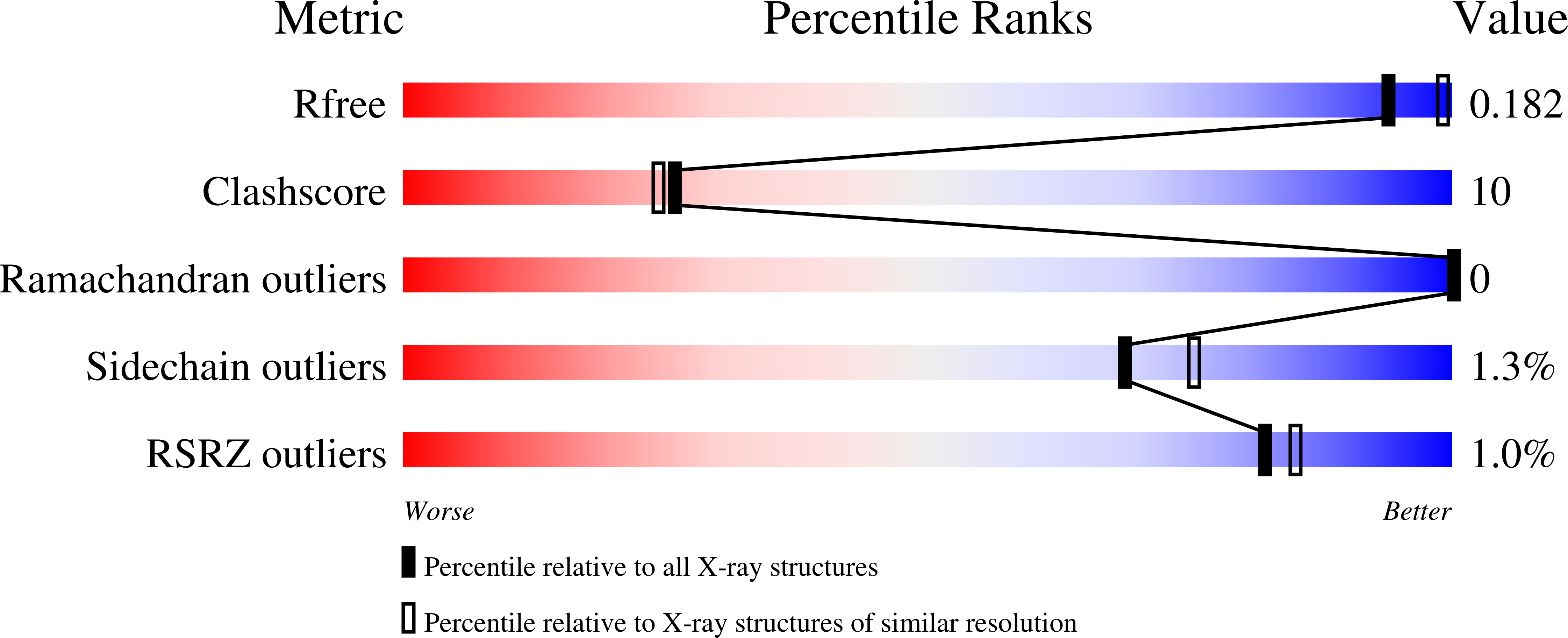
Deposition Date
2009-04-14
Release Date
2009-08-18
Last Version Date
2024-11-06
Entry Detail
PDB ID:
3H2H
Keywords:
Title:
Crystal structure of G231F mutant of the rice cell wall degrading esterase LipA from Xanthomonas oryzae
Biological Source:
Source Organism:
Xanthomonas oryzae pv. oryzae (Taxon ID: 64187)
Host Organism:
Method Details:
Experimental Method:
Resolution:
2.10 Å
R-Value Free:
0.22
R-Value Work:
0.17
R-Value Observed:
0.17
Space Group:
C 1 2 1


